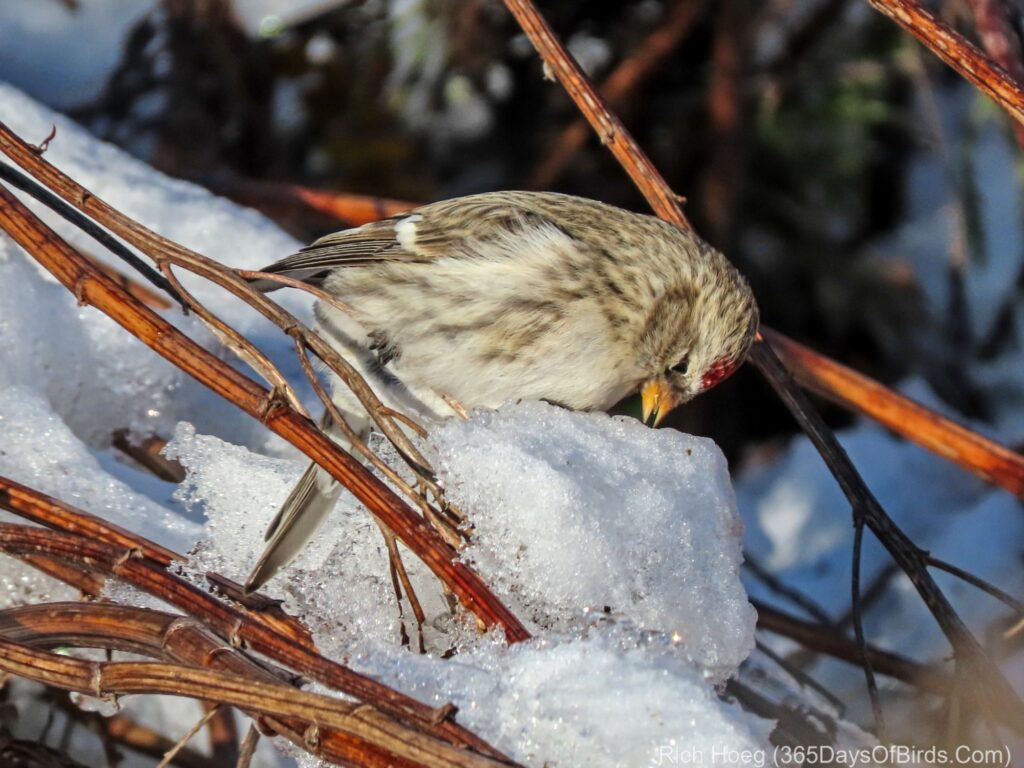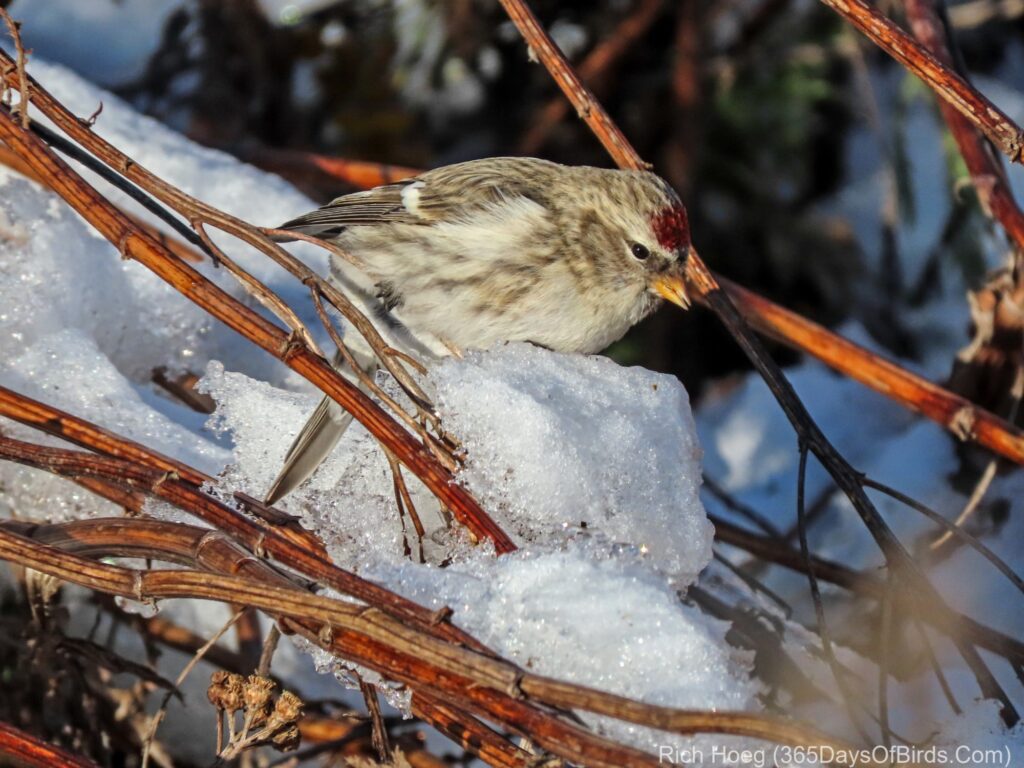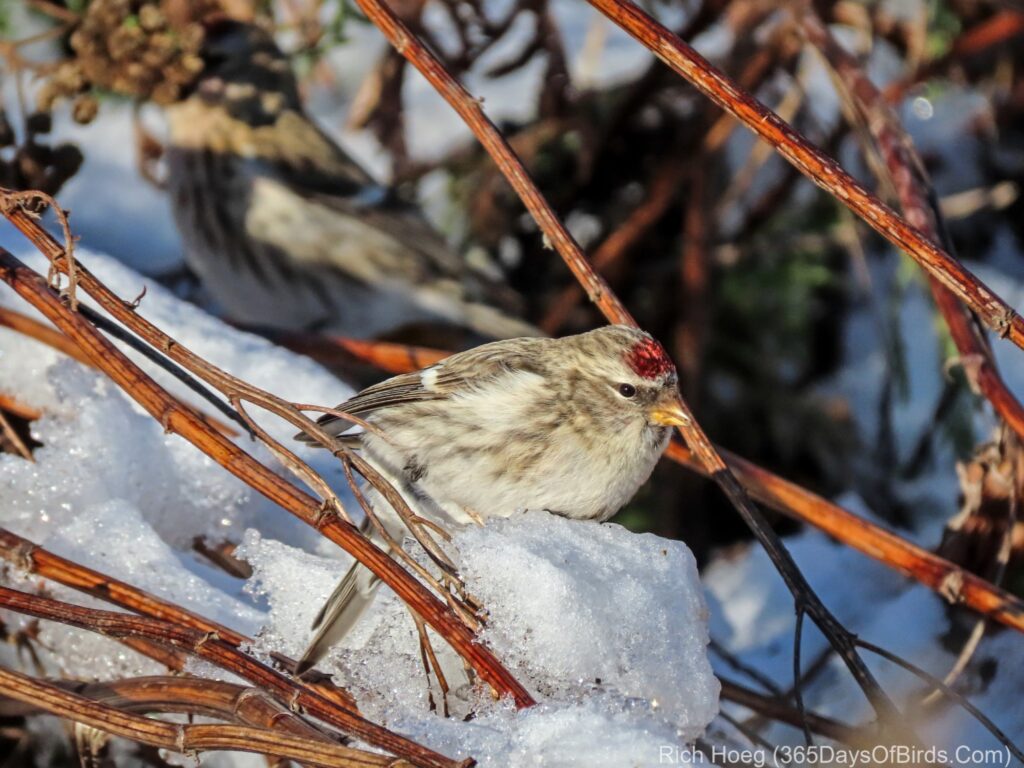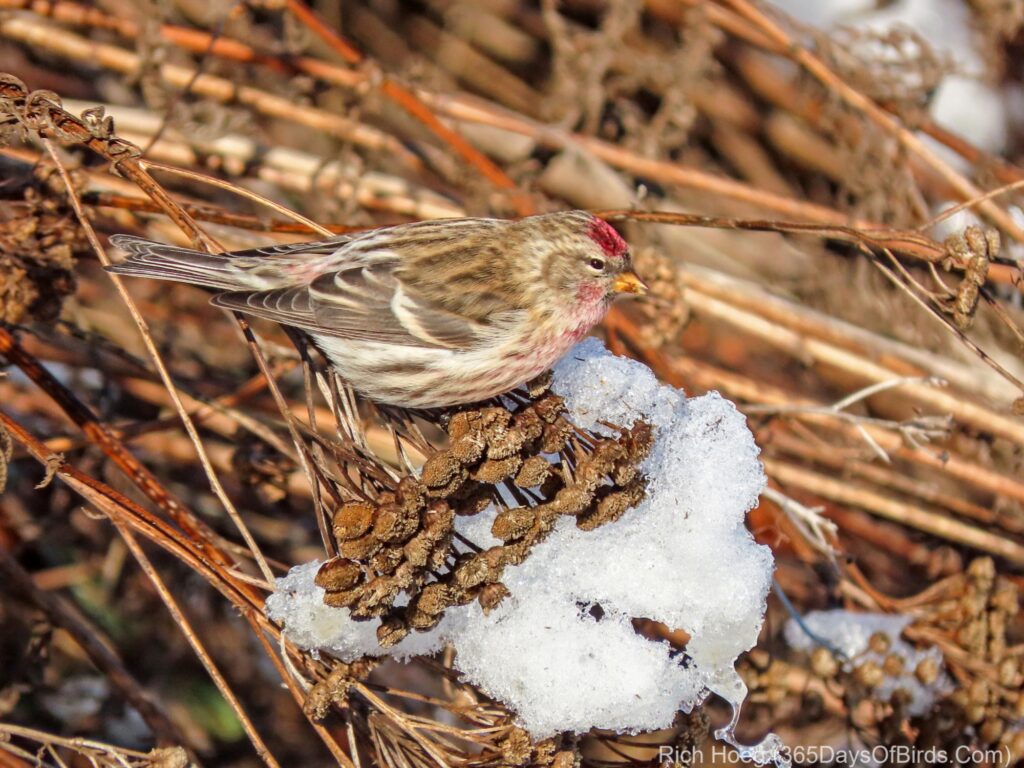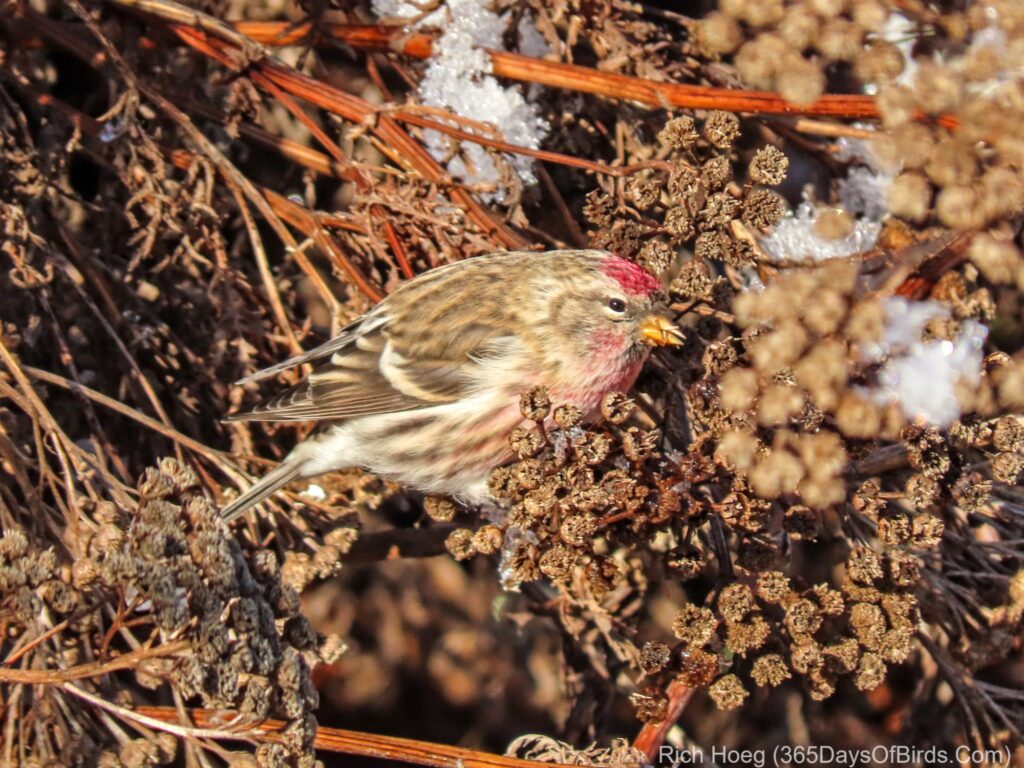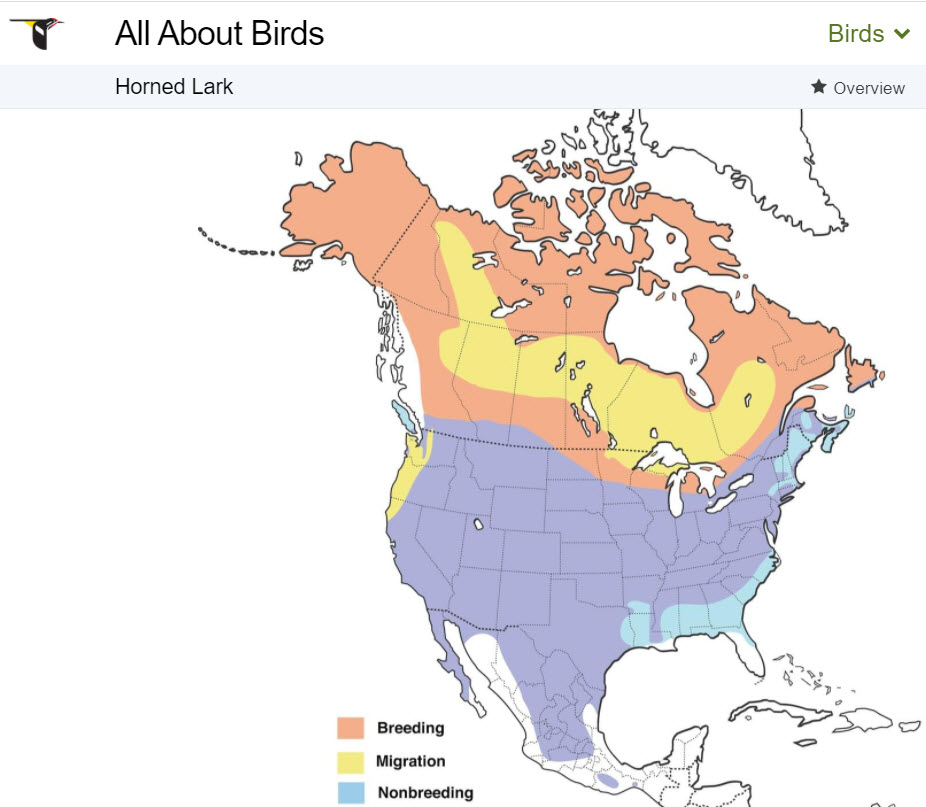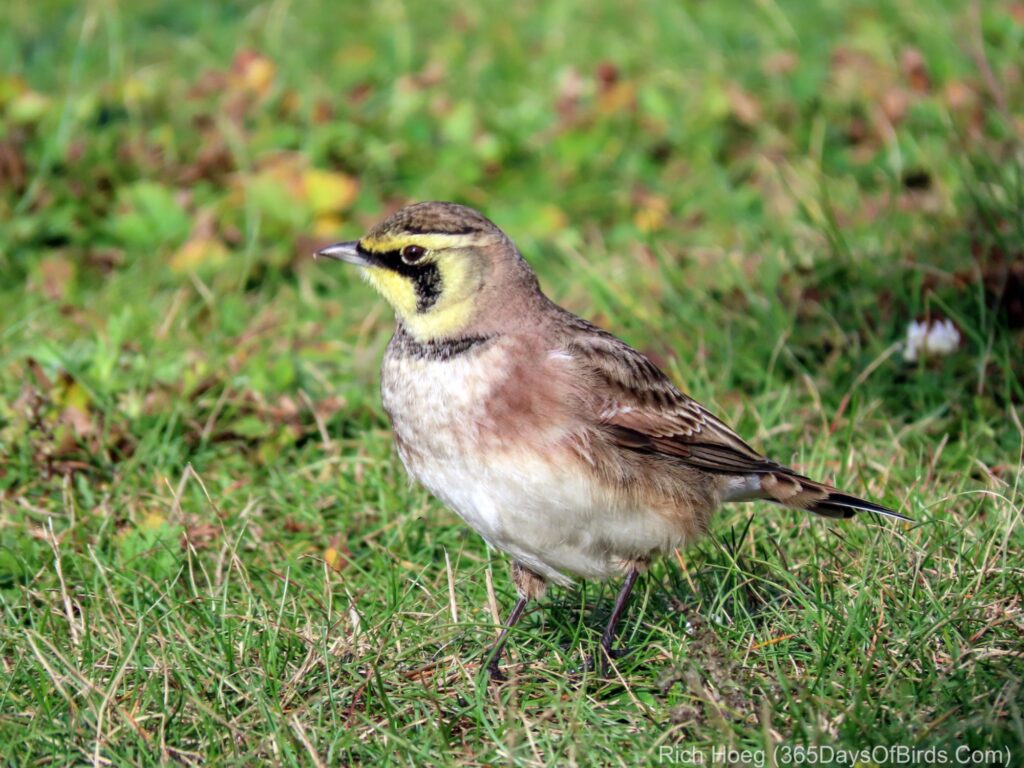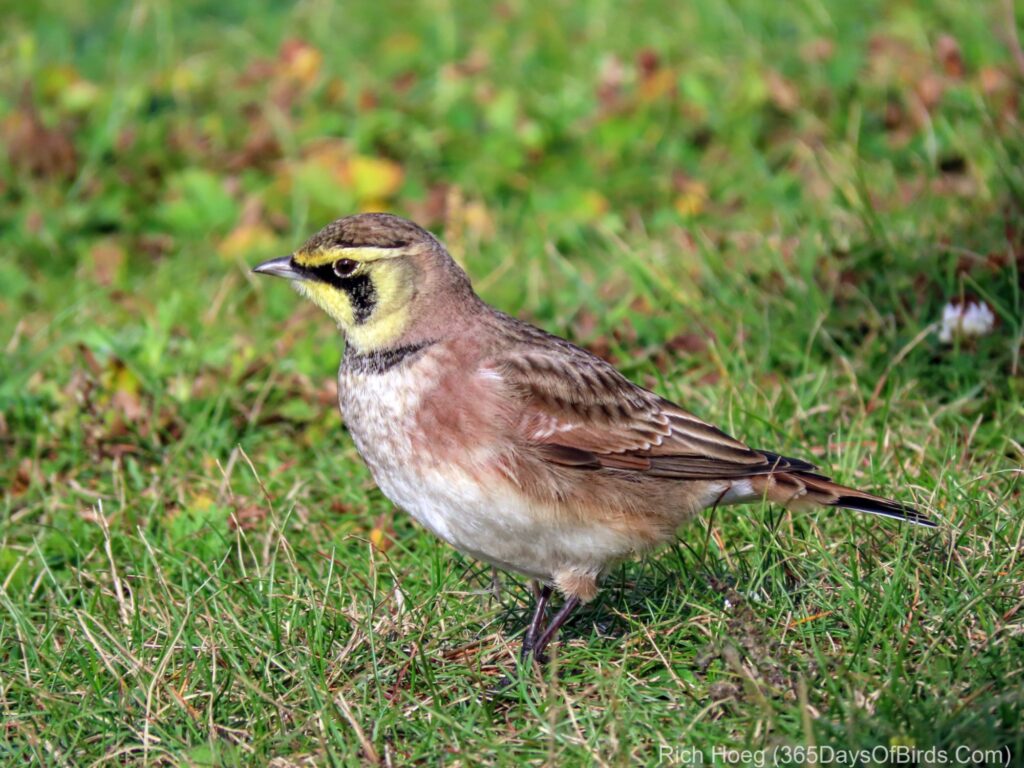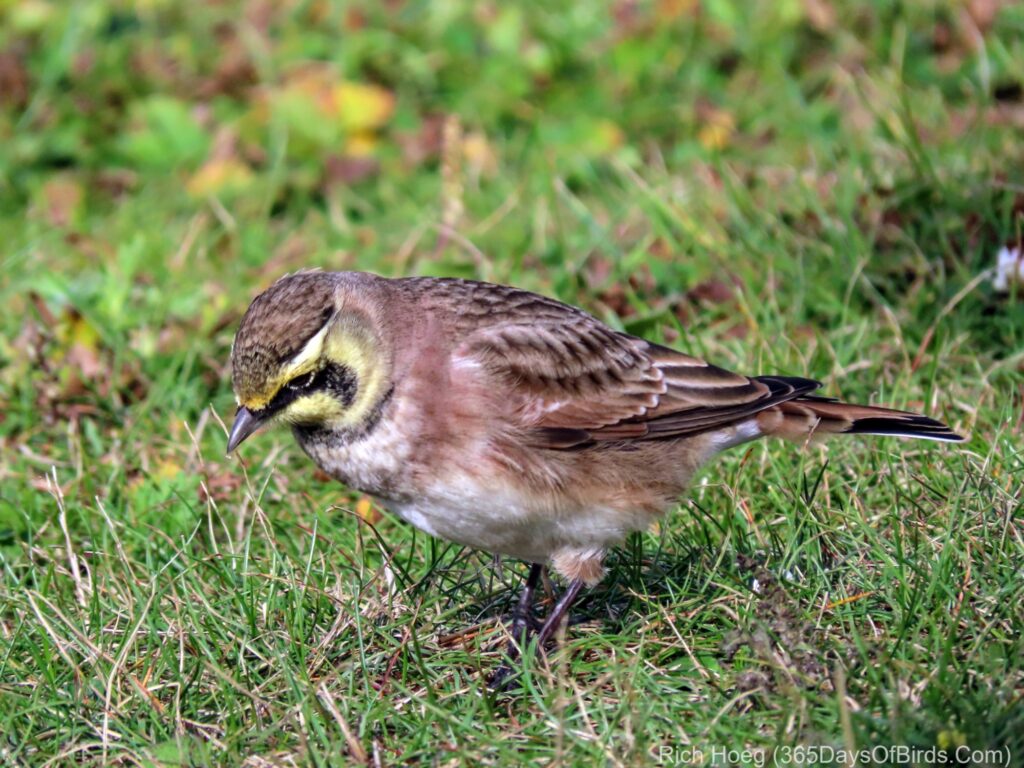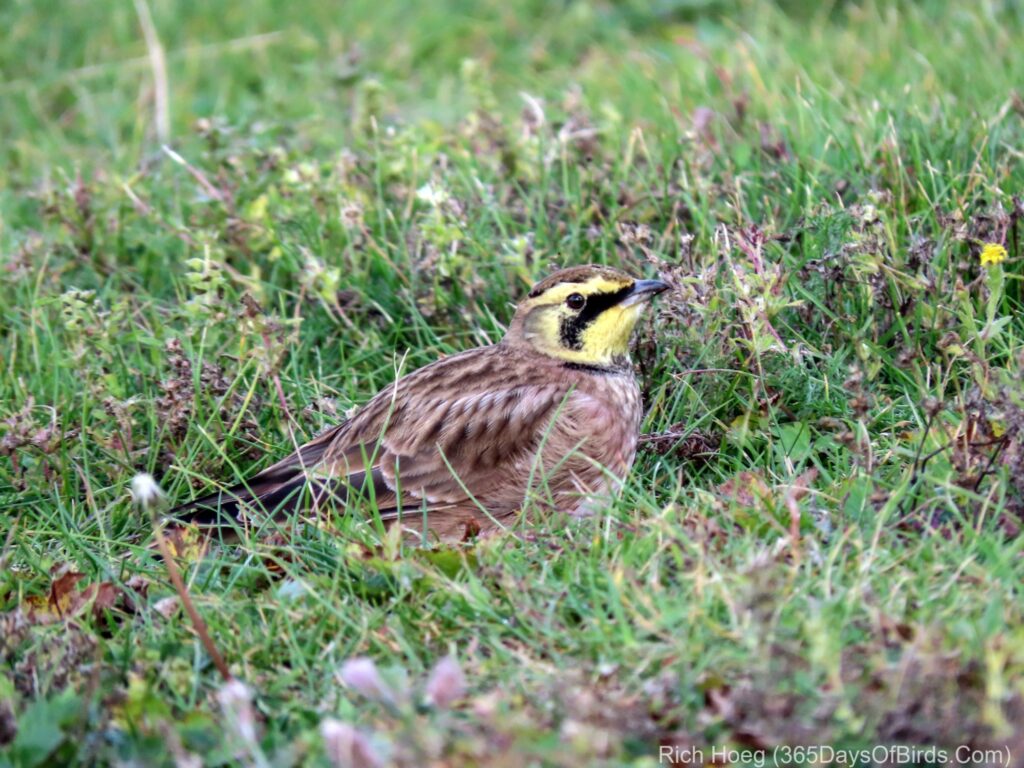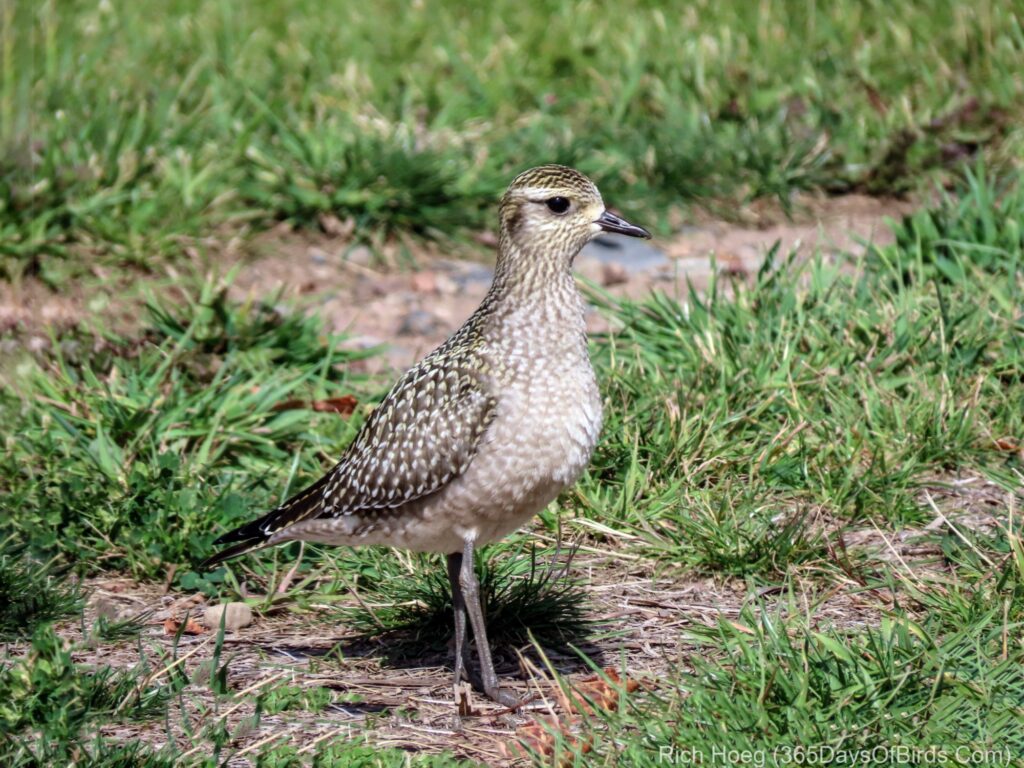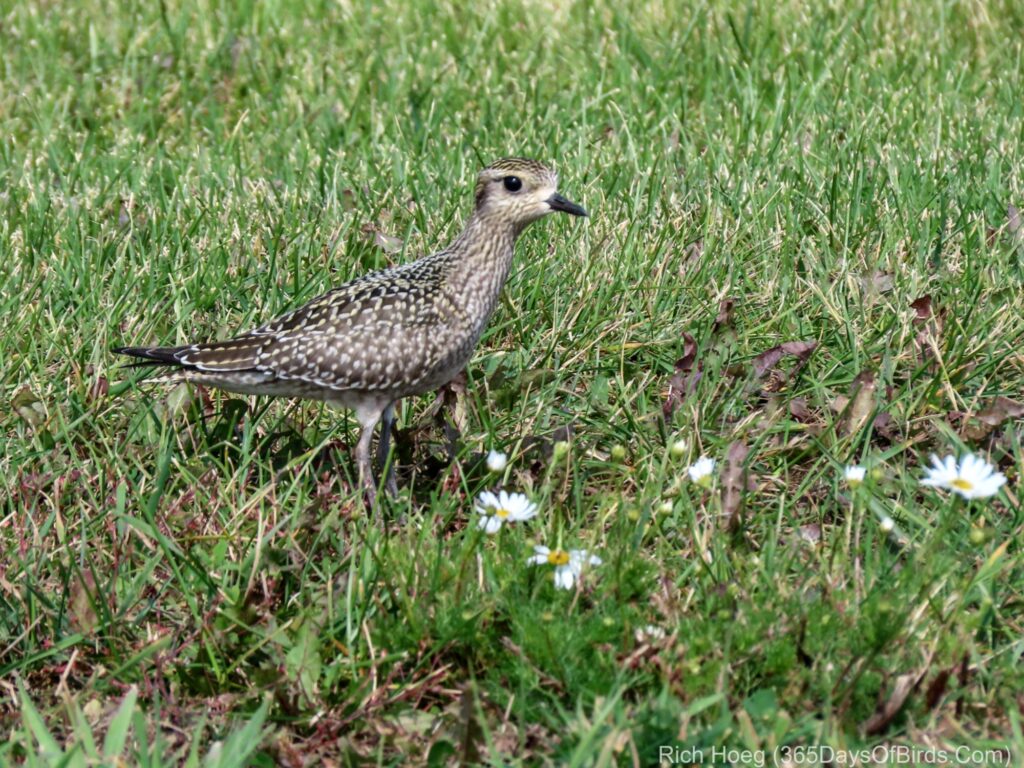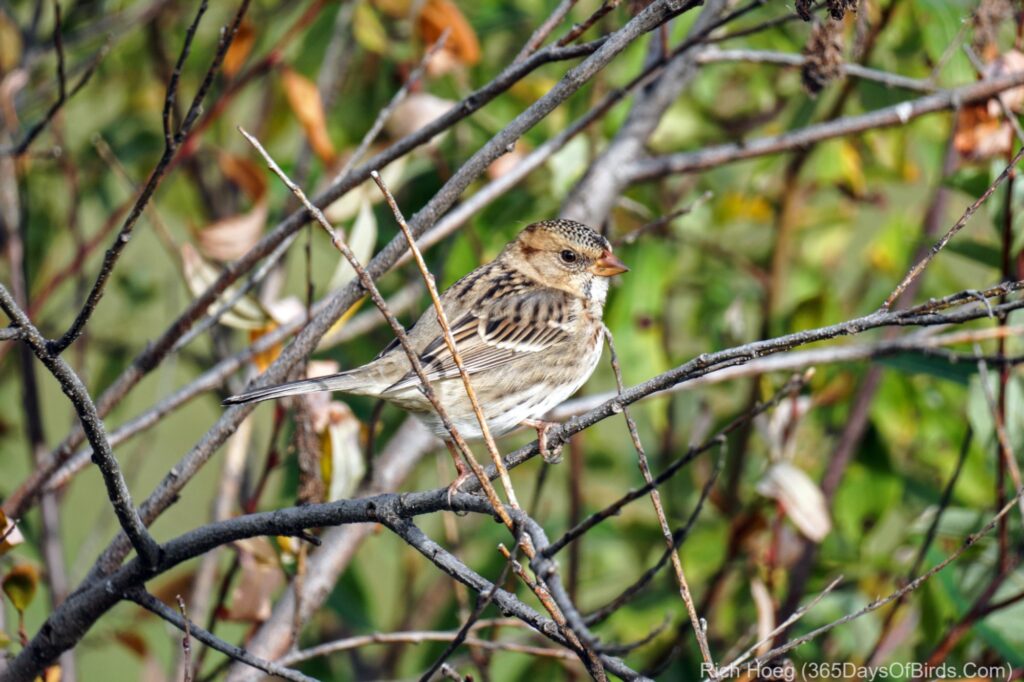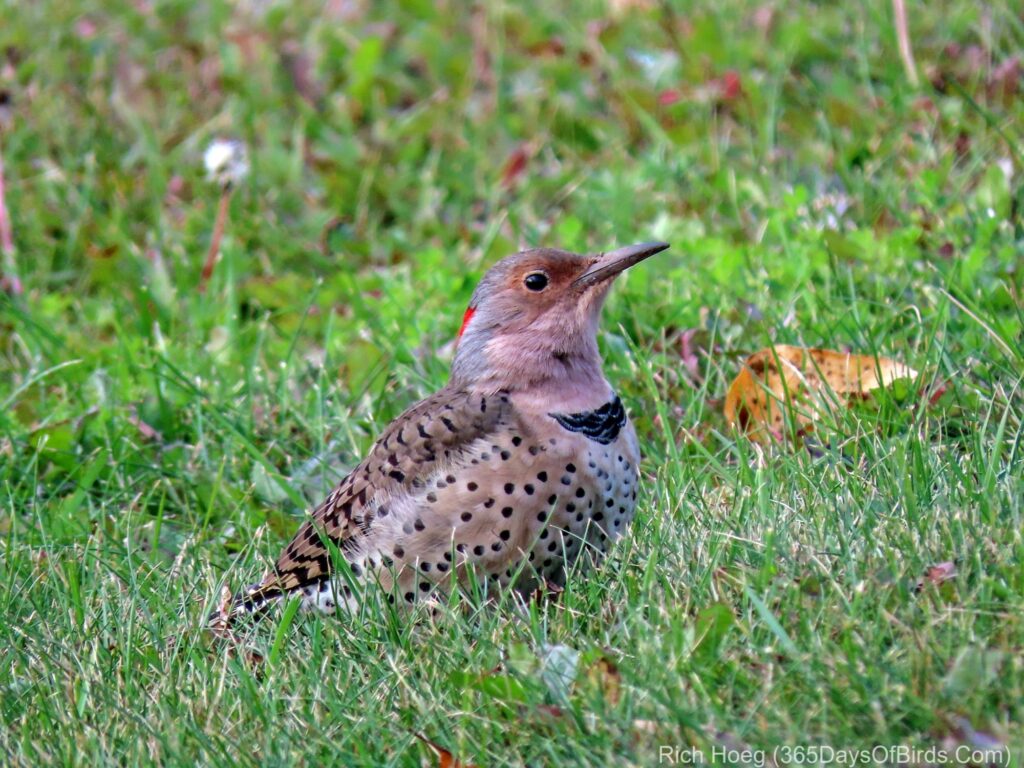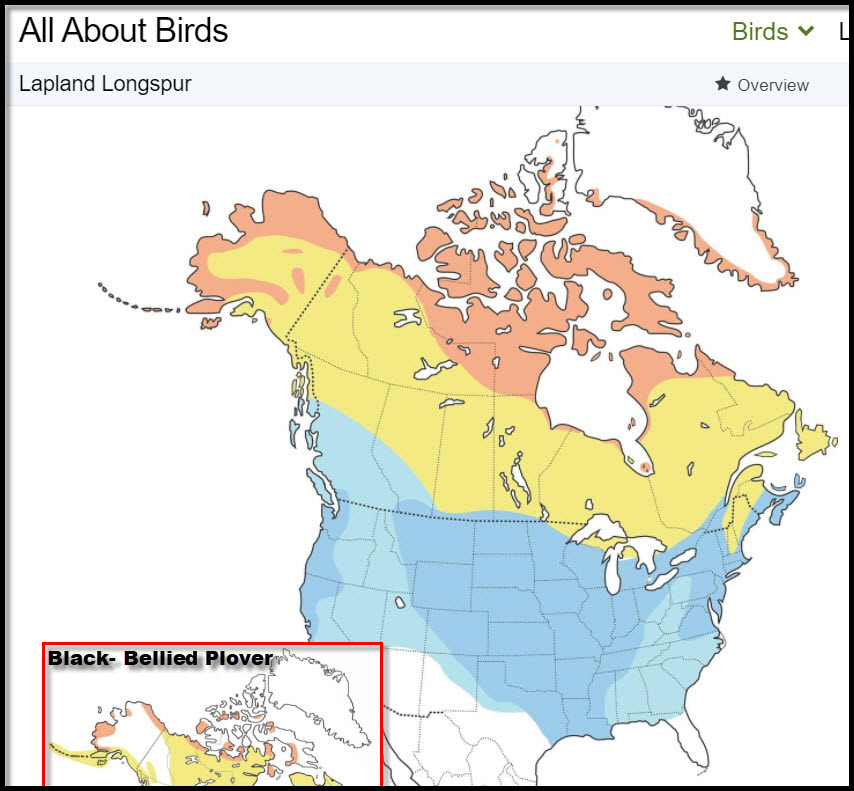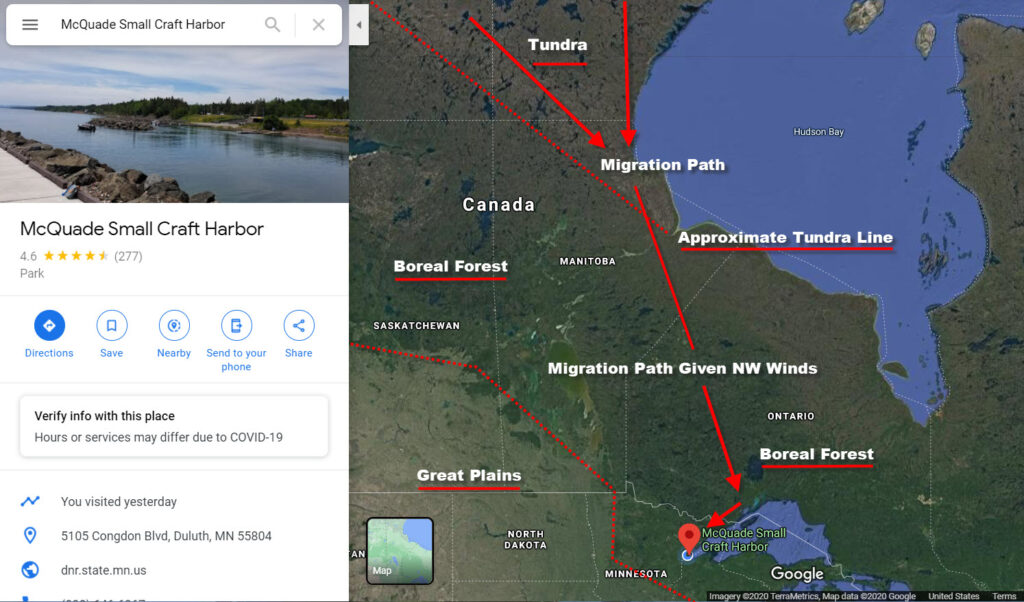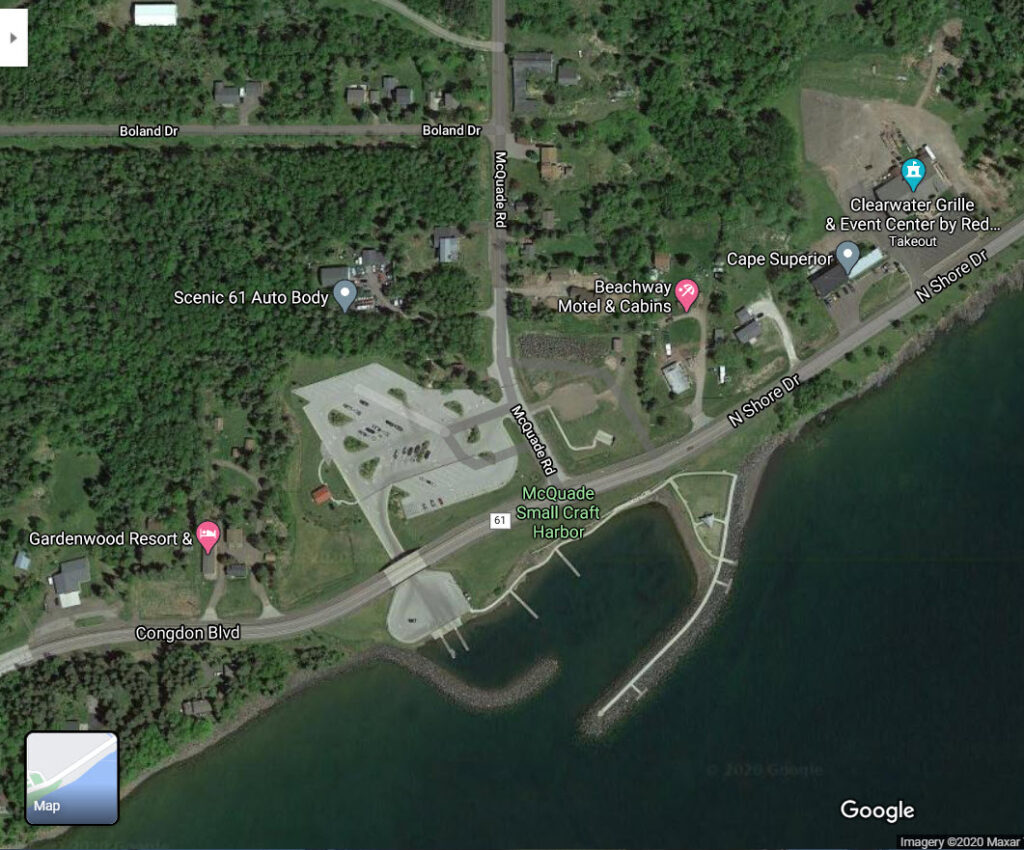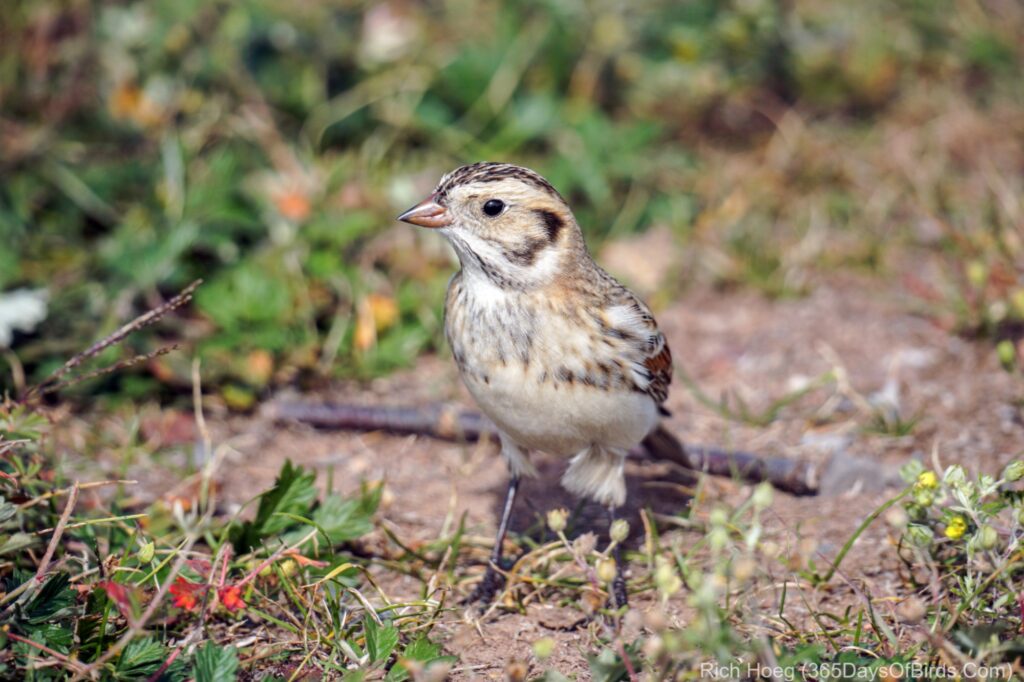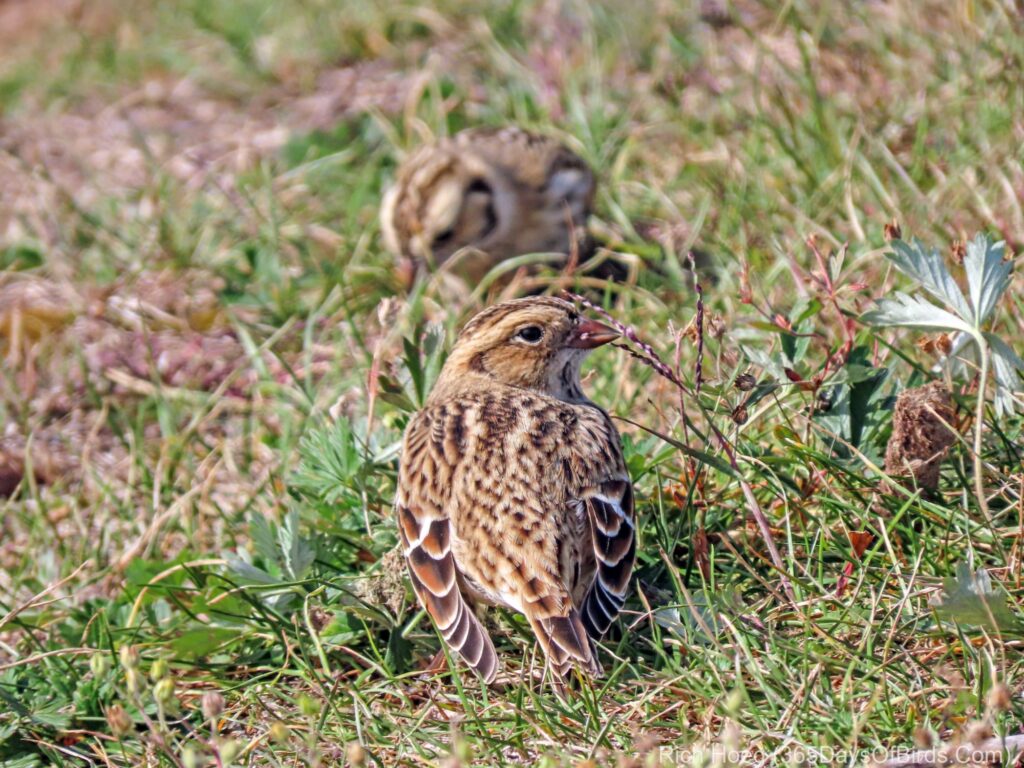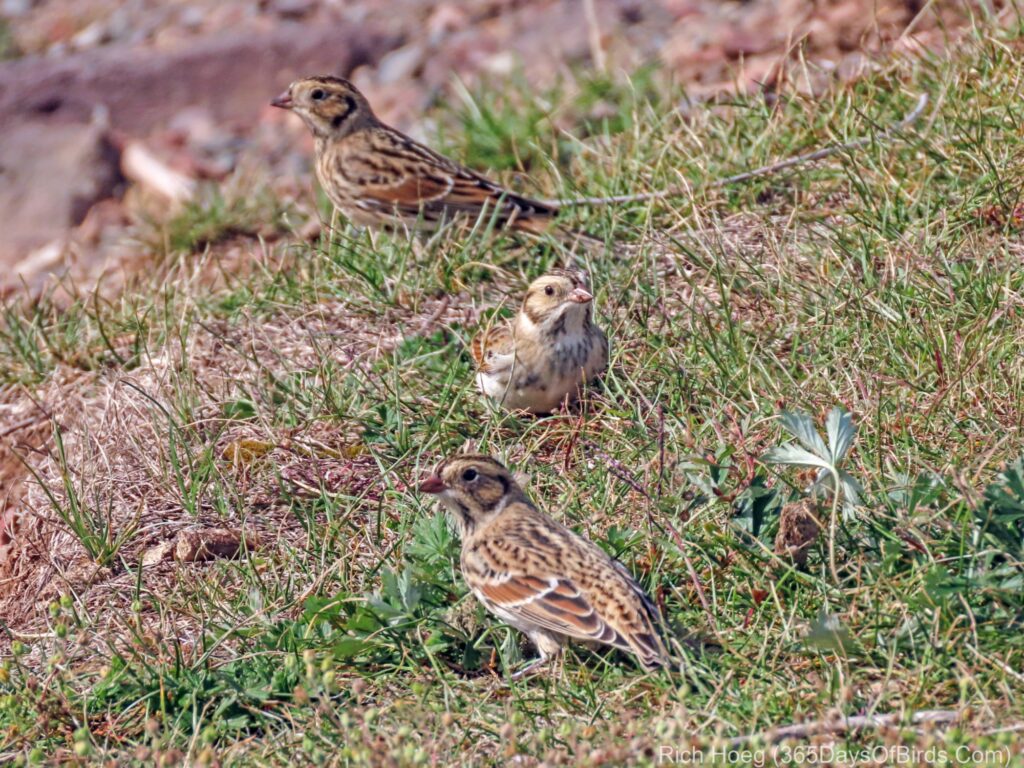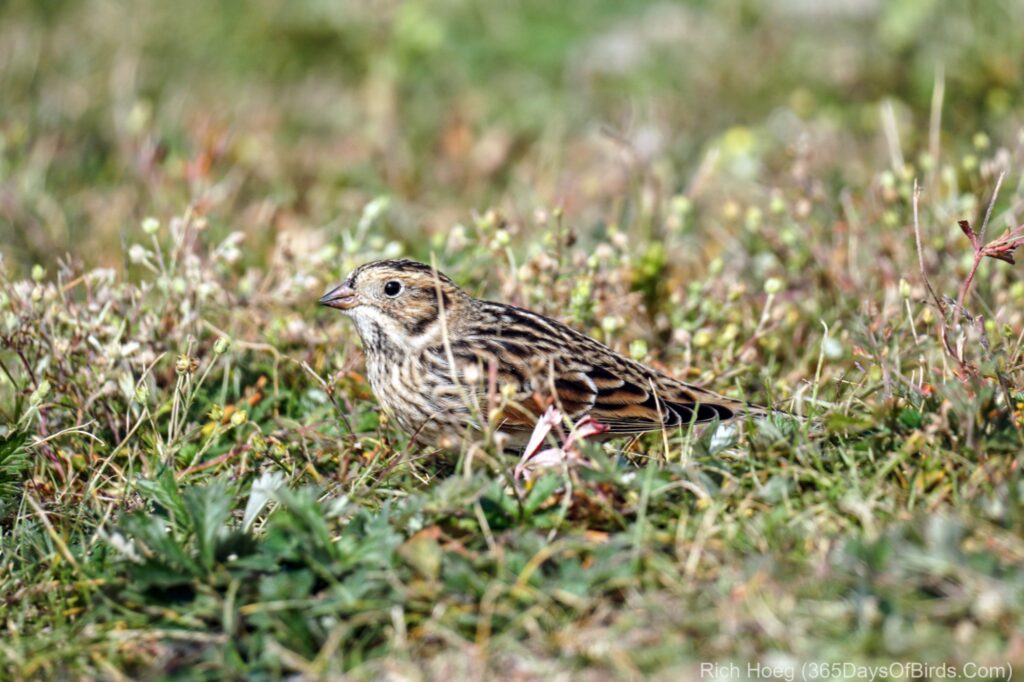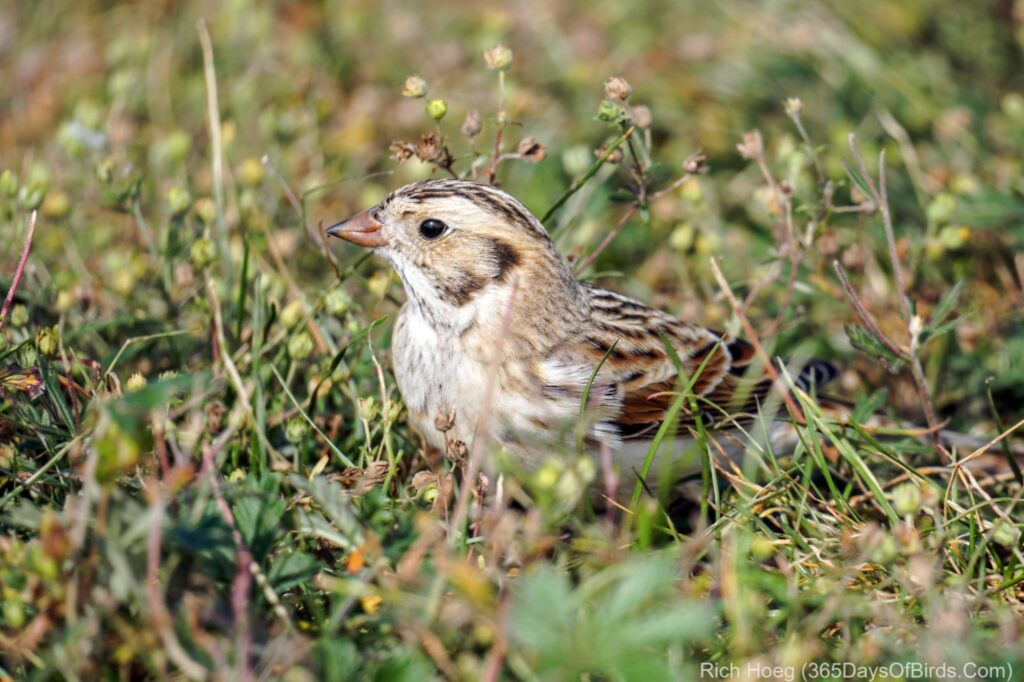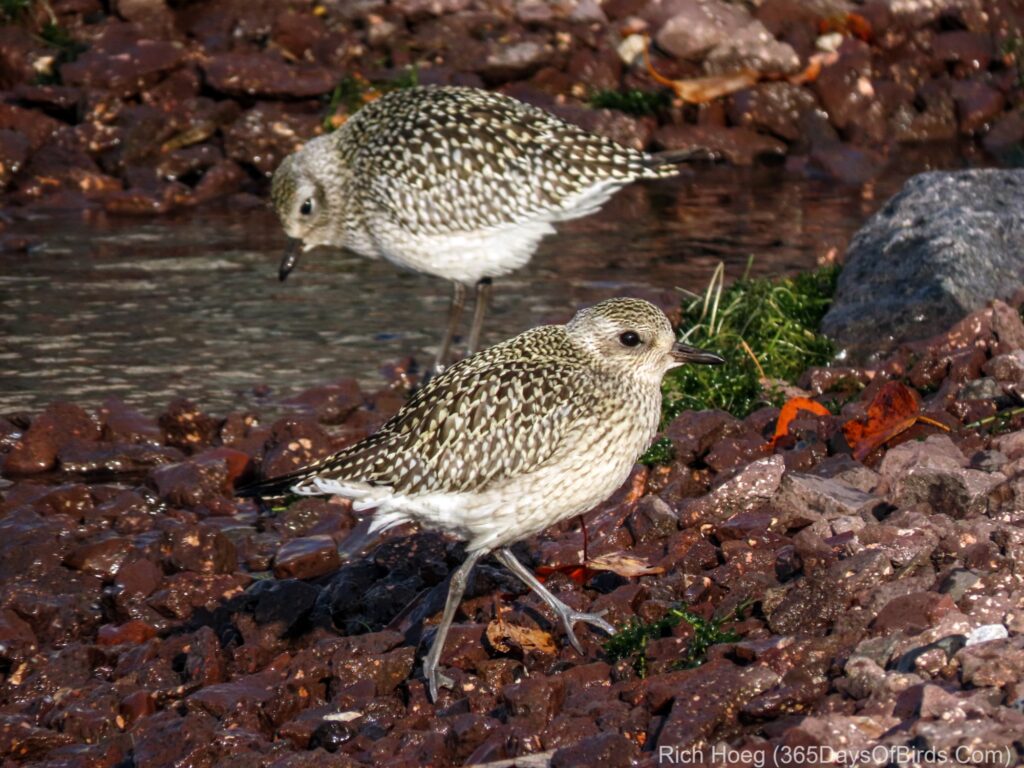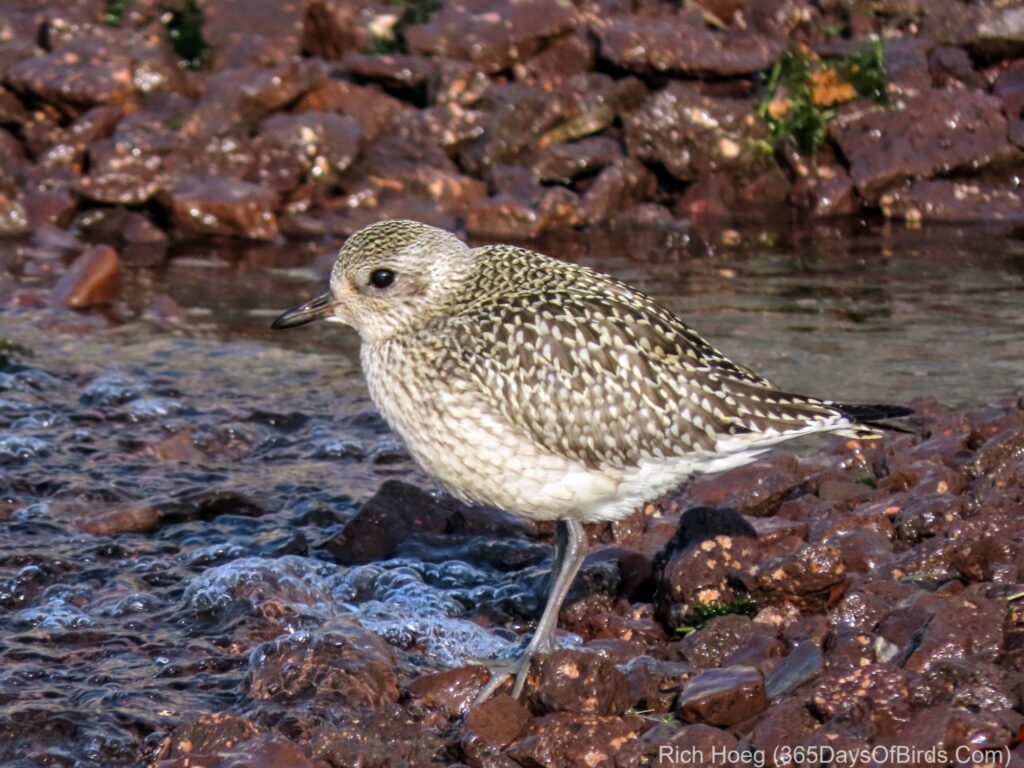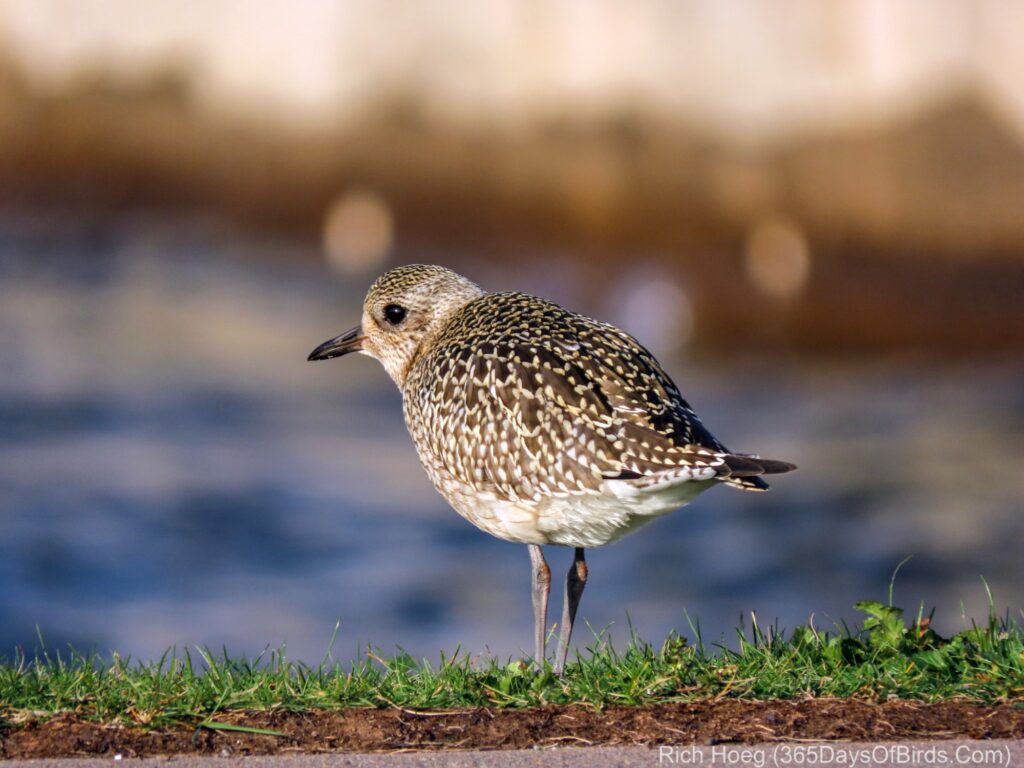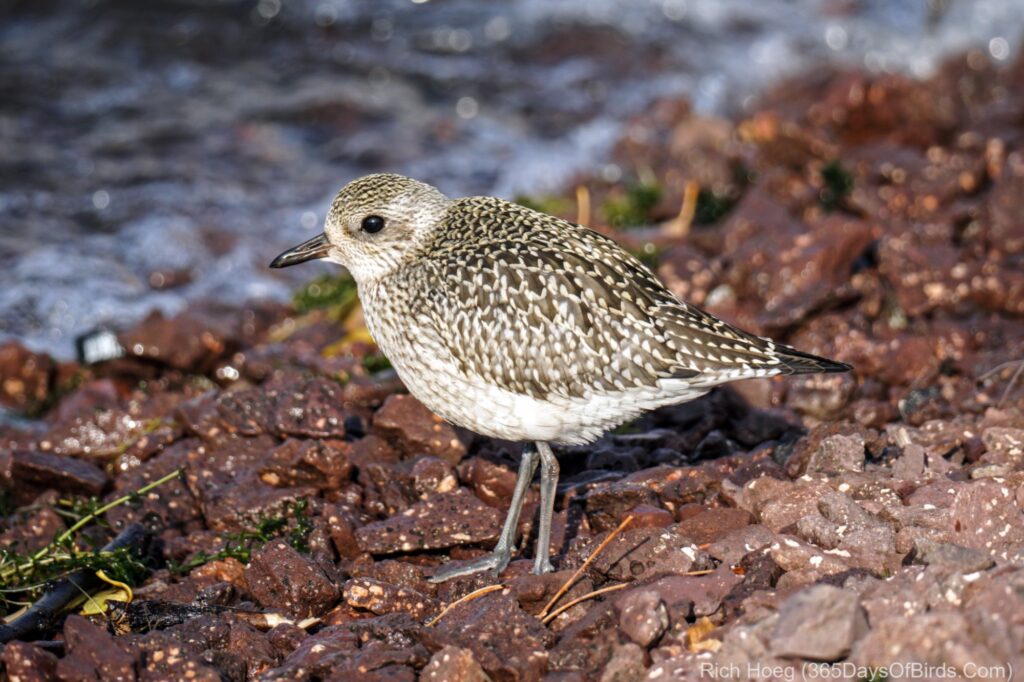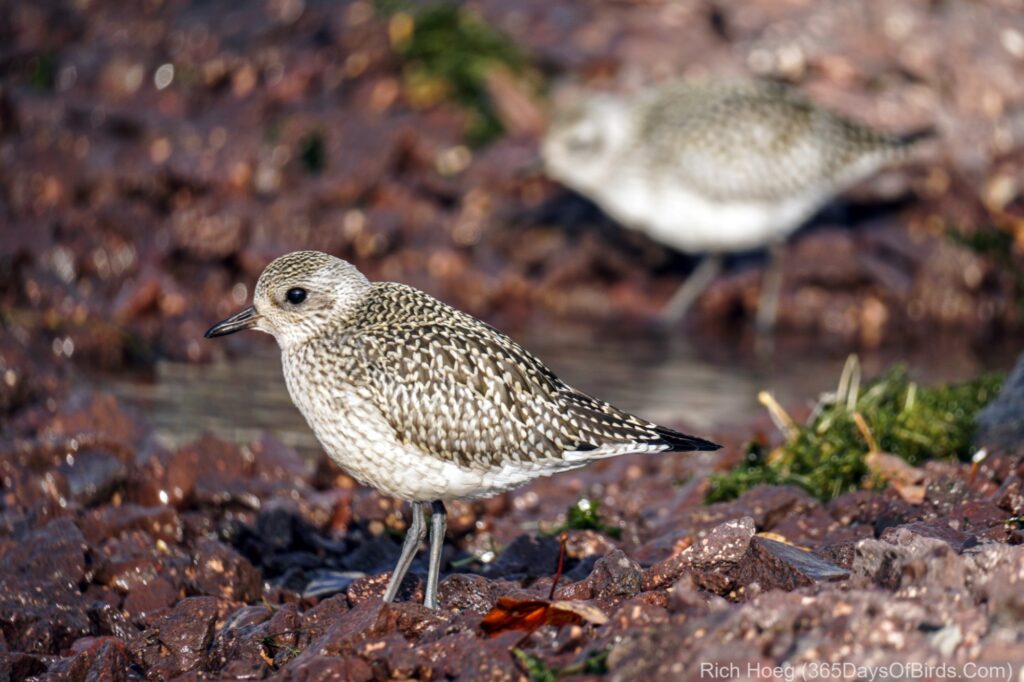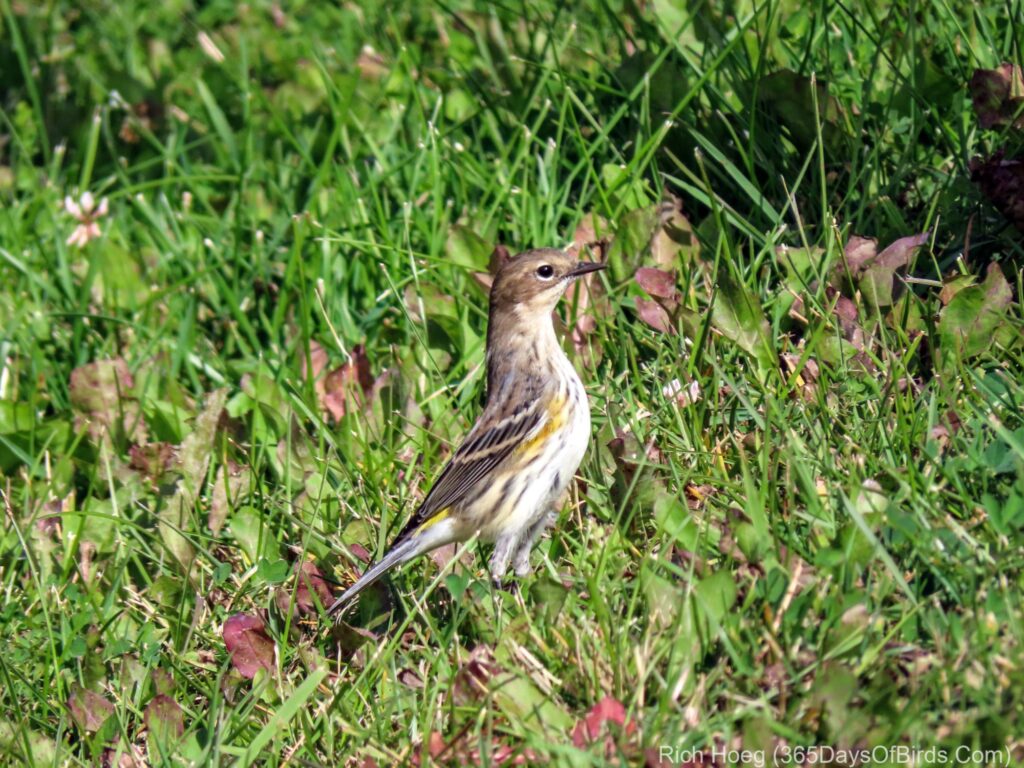Yesterday afternoon I was granted medical clearance to drive and venture forth on my own! While my recovery still includes a long road ahead, it is obvious I am on the correct route. I wasted little time in heading out and having a delightful time. Days are short this time of year, and from a photographer’s vantage point it is the “golden hour” in terms of light all day long. The sun rarely gets to high in the sky.
My wife gave me ground rules for where she said I was allowed to go (doctor withstanding), and I quickly focused upon winter food sources. It was great to take some short hikes and be rewarded with some nice birding results. Enjoy! (I did!).
Found this Red-Tailed Hawk conducting its afternoon hunt. In the second two images I had backed off on the zoom, expecting the hawk to take-off (a correct guess which comes from watching birds habits a long time)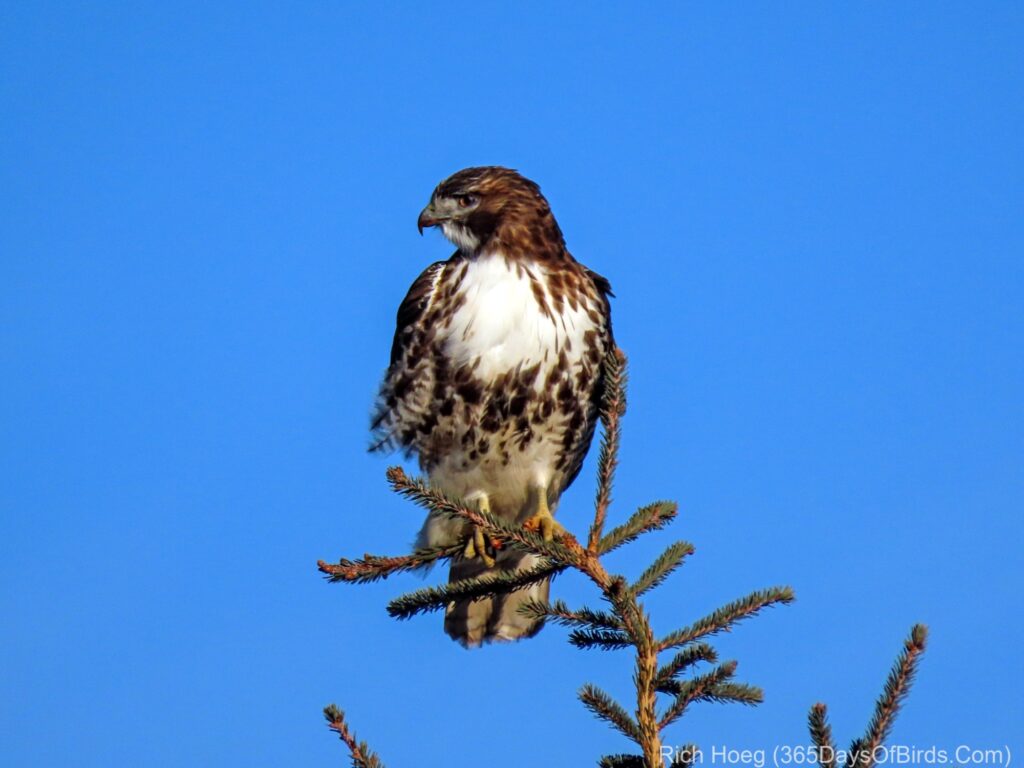
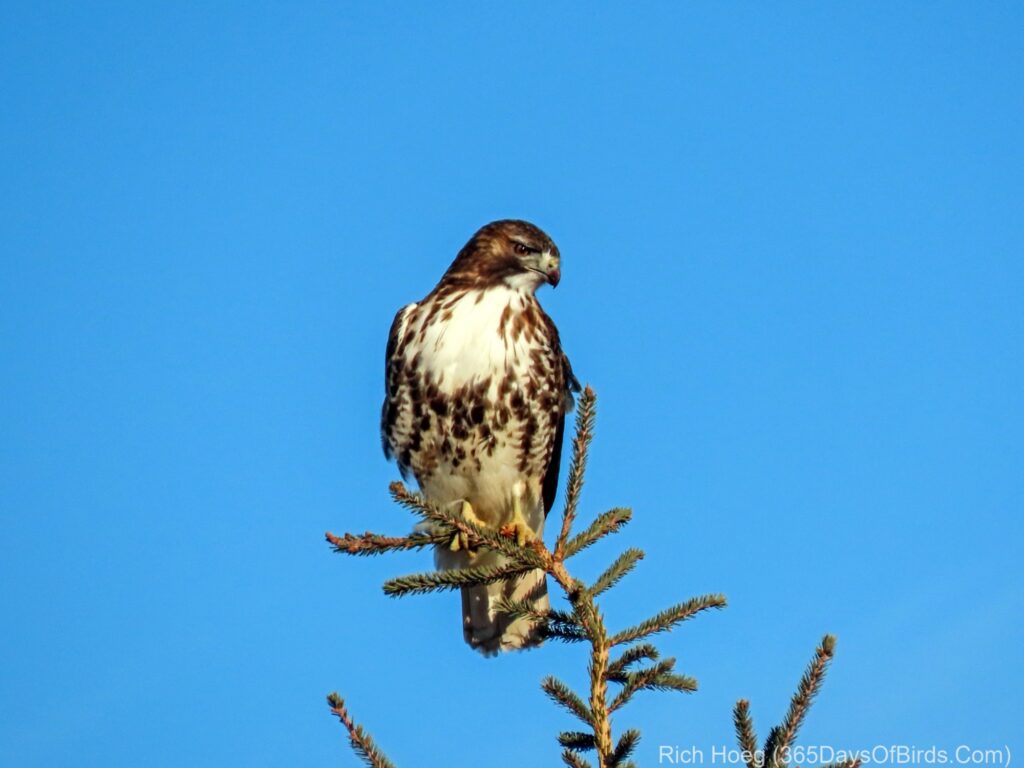
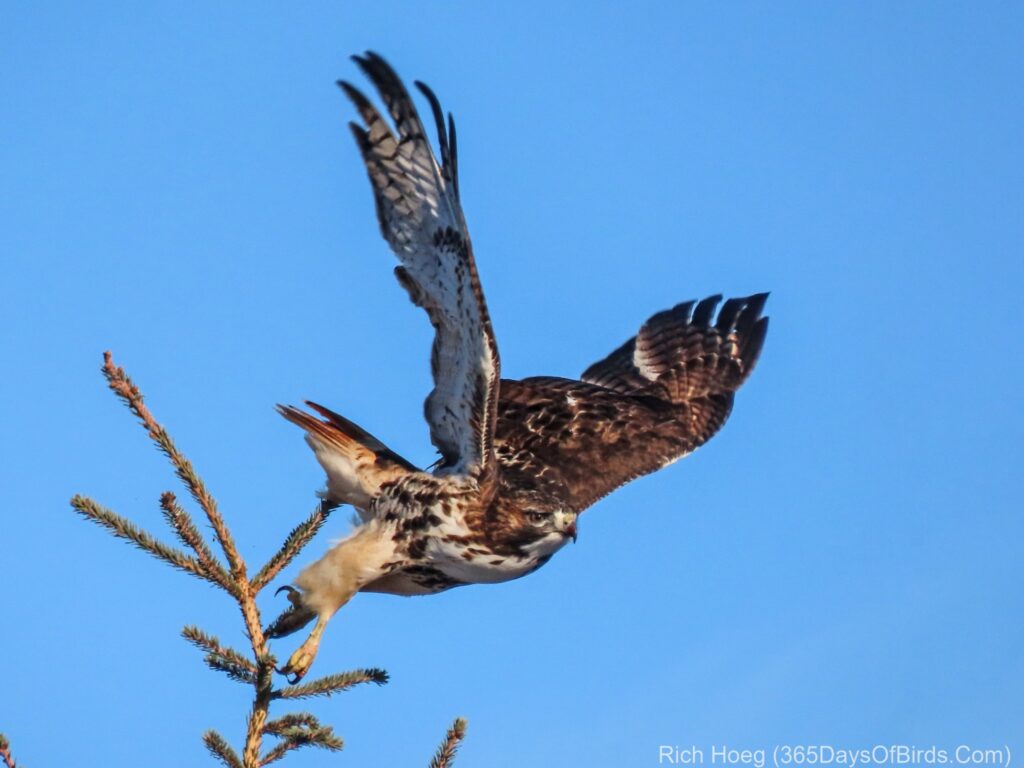
Ruffed Grouse in a Berry Tree (were you perhaps expecting a Partridge in a Pear Tree? Not possible here in northern Minnesota)(in a the second images, a berry is stuck on a grouse’s beak … note the slight difference between the final two images … the photos are identical except for the beak being slightly open which changes the image’s focus point.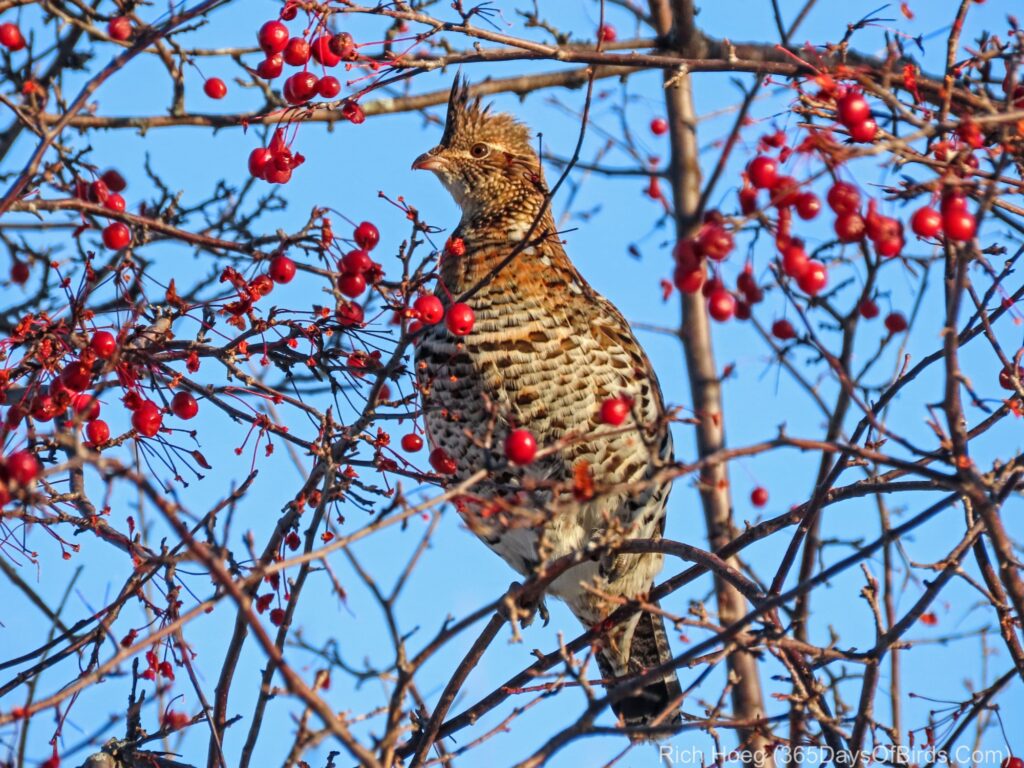
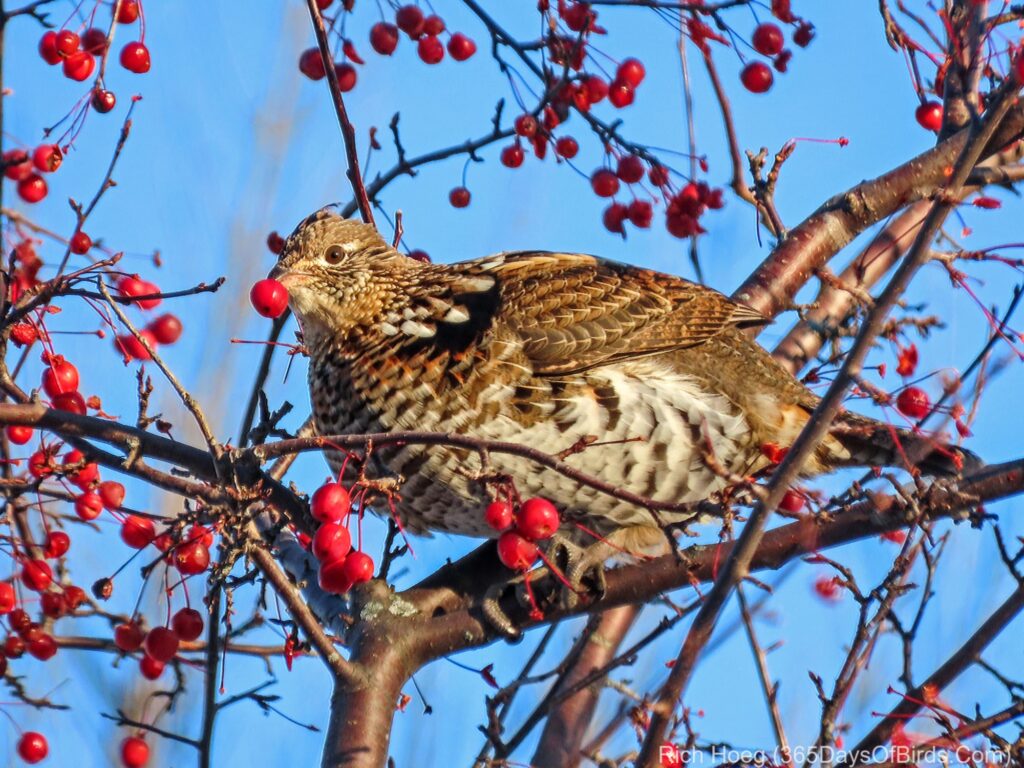
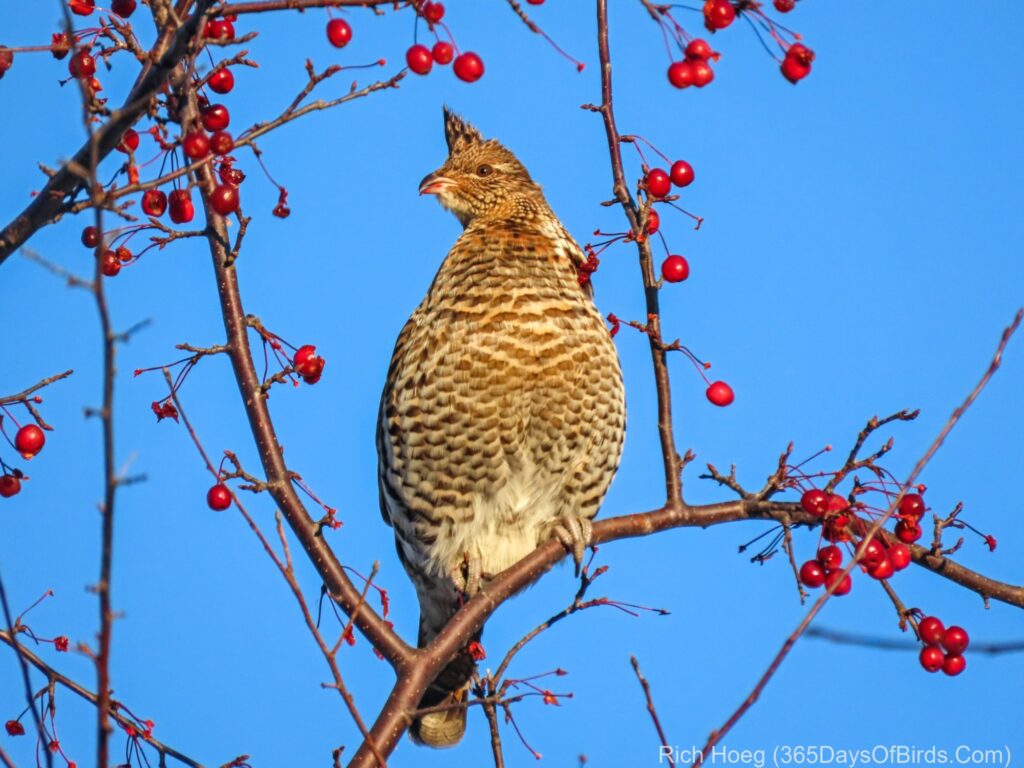
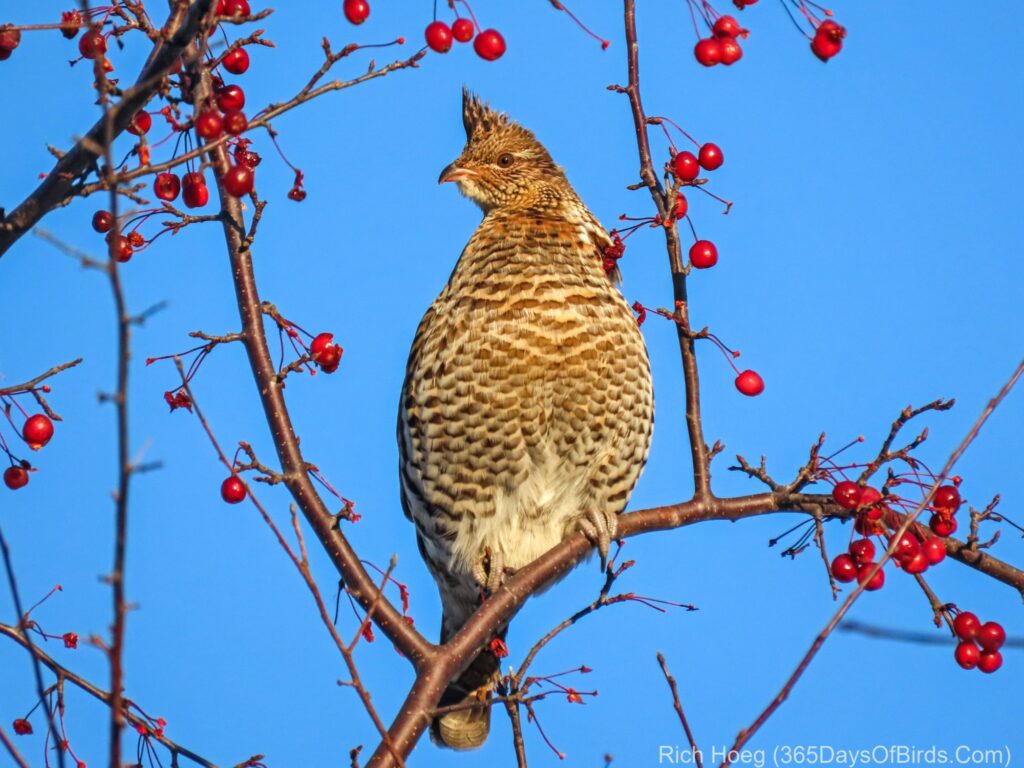
Common Redpolls eating Tansy Seed Popsicles (while most of the redpolls I have found are females or immature males, the final two images show a male … thus the “redpoll name”)